Reporting Your Buffalo Car Accident
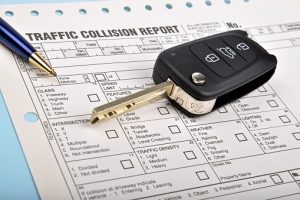 Drivers in the state of New York have to buy no fault insurance coverage. The maximum amount of money available under no fault coverage is $50,000. No fault coverage pays for medical bills and loss of wages after an accident. If you exceed the $50,000 in basic no fault benefits, you can apply for additional benefits available through auto policies from other household members or other vehicles you occupied. No fault coverage is also called personal injury protection (PIP) coverage.
Drivers in the state of New York have to buy no fault insurance coverage. The maximum amount of money available under no fault coverage is $50,000. No fault coverage pays for medical bills and loss of wages after an accident. If you exceed the $50,000 in basic no fault benefits, you can apply for additional benefits available through auto policies from other household members or other vehicles you occupied. No fault coverage is also called personal injury protection (PIP) coverage.
No fault PIP coverage means you get all of your medical bills covered and some of your wages paid if you have to miss work following a traffic accident, regardless of who caused the collision. If injuries were serious or death occurred and there was another driver to blame, you may be able to pursue a claim against that motorist for damages not covered by PIP. You need to know how to report a car accident and what steps to take after a collision so you can maximize your chances of getting full compensation for crash losses.
How to Report a Car Accident
If you want PIP coverage, you must follow rules set forth in Regulation 68 for reporting a collision. Department of Financial Services explains Regulation 68 requires: “in the event of an accident, written notice setting forth details sufficient to identify the eligible injured person, along with reasonably obtainable information regarding the time, place and circumstances of the accident, shall be given by, or on behalf of, each eligible injured person, to the applicable No-Fault insurer, or any of their authorized agents, as soon as reasonably practicable, but in no event more than 30 days after the date of the accident.”
The only exception to this requirement is if you can provide clear justification, in writing, for why you did not provide this information within 30 days.
The PIP claim must be filed with the insurer covering the car you were an occupant of. If you were involved in a pedestrian collision, you must file with the car that hit you. If you don’t know who hit you or the driver was uninsured, you can sometimes file a PIP claim with the insurance of any member of your household who had PIP coverage.
You should also be sure to get information from the other driver about his insurance, and to get the other driver’s contact details. When you suffered serious injuries, you will need to deal with the other driver’s insurance. The insurance representing the policyholder who caused the accident should pay for economic and non-financial damages. You can recover this money through a negotiated settlement if the insurer accepts fault and is willing to make a settlement offer. If you do not believe the insurer is offering a fair payout, you can file a personal injury claim. If your family member was killed, you can go to court and file a wrongful death claim.
Attorney advertising.





 Rear-end accidents
Rear-end accidents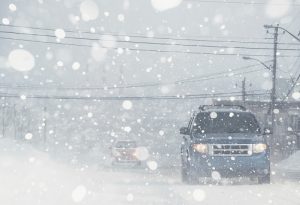 While teenagers throughout Williamsville, Clarence, Amherst, Buffalo and surrounding areas may be very eager to get their license and begin driving, parents may be less excited about their son or daughter being behind the wheel. A personal injury lawyer knows that there are significant risks for young drivers on the roads. In fact, as
While teenagers throughout Williamsville, Clarence, Amherst, Buffalo and surrounding areas may be very eager to get their license and begin driving, parents may be less excited about their son or daughter being behind the wheel. A personal injury lawyer knows that there are significant risks for young drivers on the roads. In fact, as 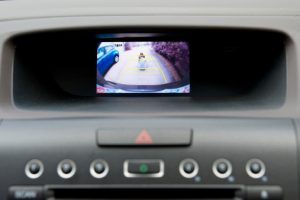 Parents and relatives of young children need to be extremely careful when backing out of driveways.
Parents and relatives of young children need to be extremely careful when backing out of driveways. Motor vehicle collisions are a leading cause of death for young drivers. Because of their inexperience, teenagers are also more likely to be involved in collisions than any other age group. Unfortunately, bad decisions by young people can also be a factor in why so many teens and young adults lose their lives in accidents in Buffalo, Rochester, Syracuse and across Western New York.
Motor vehicle collisions are a leading cause of death for young drivers. Because of their inexperience, teenagers are also more likely to be involved in collisions than any other age group. Unfortunately, bad decisions by young people can also be a factor in why so many teens and young adults lose their lives in accidents in Buffalo, Rochester, Syracuse and across Western New York.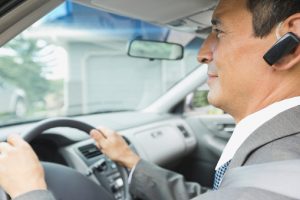 Many drivers try to do the right thing by using a hands-free system when they use their phones in the car. Hands-free control makes it possible for people to talk on the phone, but also to text, read or send emails and do other tasks on electronic devices.
Many drivers try to do the right thing by using a hands-free system when they use their phones in the car. Hands-free control makes it possible for people to talk on the phone, but also to text, read or send emails and do other tasks on electronic devices.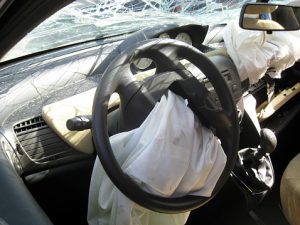 New York City Mayor Michael de Blasio has recently made headlines with his controversial “
New York City Mayor Michael de Blasio has recently made headlines with his controversial “ One 15-year-old was killed and her 13-year-old sister critically injured recently in a New York car accident, when their 19-year-old brother reportedly struck another vehicle while making a U-turn.
One 15-year-old was killed and her 13-year-old sister critically injured recently in a New York car accident, when their 19-year-old brother reportedly struck another vehicle while making a U-turn.
